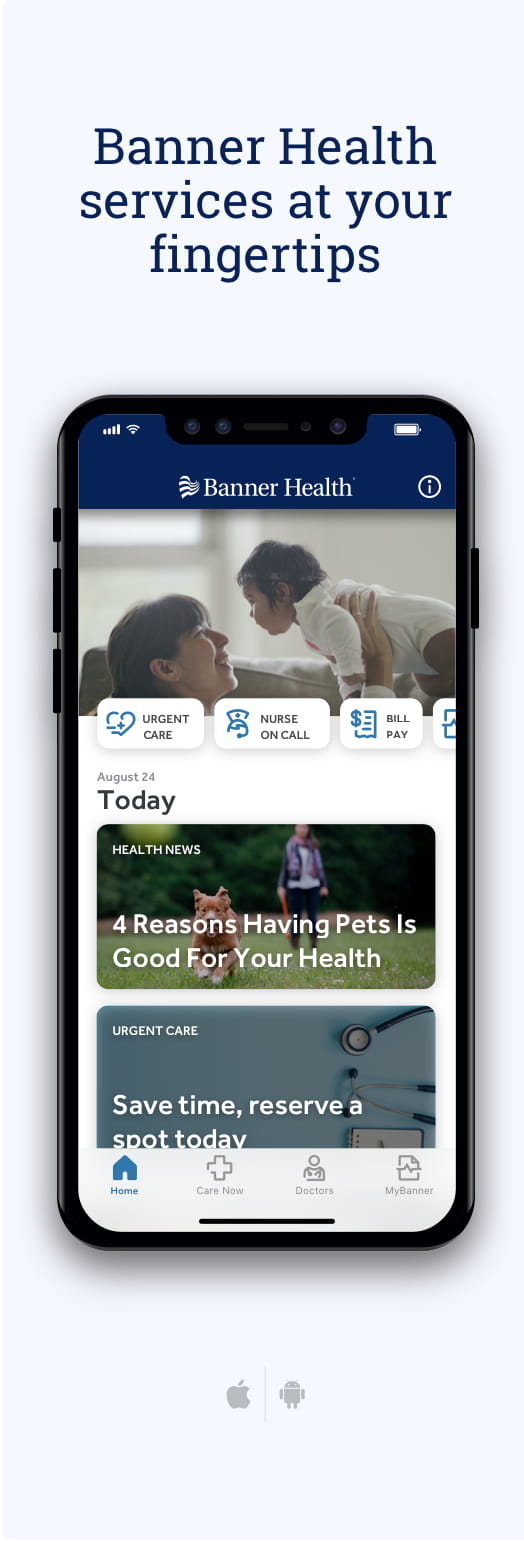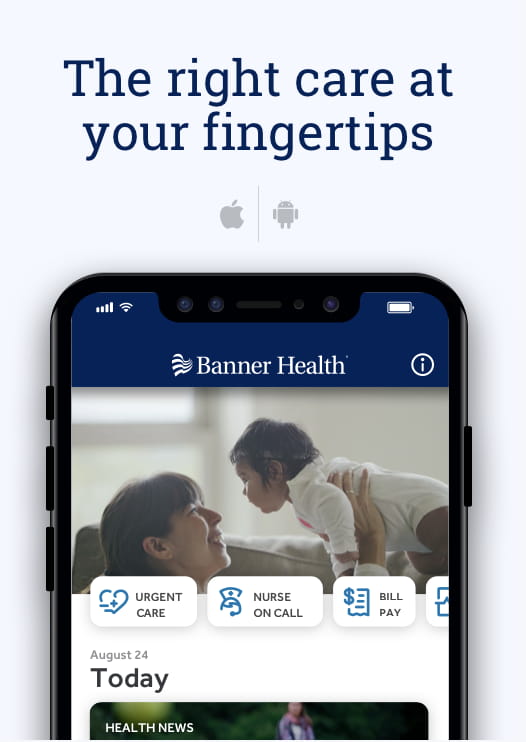Whether you have a new baby on the way or one growing by leaps and bounds, it seems every day there’s a lot to think about and learn.
One of the most important decisions you’ll need to make is choosing the right car seat. You want to keep your little one safe, but with so many options available, it can be overwhelming to figure out which seat is the right fit for your child at every age and stage.
In this post, we’ll guide you through choosing the perfect car seat for your child – whether they are a newborn, baby, toddler or child. We’ll cover everything from the different types of car seats to tips when purchasing and installing.
So, buckle up, and let’s get started.
Types of car seats
There are four basic types of safety seats for babies and children: rear-facing, convertible (meaning it can switch from a rear-facing position to a forward-facing position), booster or 3-in-1 (or all-in-one).
Rear-facing only: All infants and young children should ride in a rear-facing position for as long as possible until they reach the highest height and weight limits allowed by the car safety seat manufacturer.
“This type of infant car seat has a harness and, in a crash, cradles and moves with your child to reduce stress on their fragile neck and spinal cord,” said Melissa Luxton, trauma outreach and injury prevention coordinator with Banner – University Medicine. “It usually comes with a base that can be left in the car.”
Convertible seats: A forward-facing only car seat is somewhat rare. Many car seats on the market today are convertible, meaning they can convert from rear-facing to forward-facing. This type of seat allows your child to stay in the rear-facing position from their first trip home from the hospital through toddlerhood.
Convertible car seats have a 5-point harness that helps to distribute the forces of a crash over a larger area of your child’s body and keeps them securely in their seat.
Depending on the seat, many forward-facing seats can usually accommodate children from 25 to 65 pounds. Once your child exceeds the weight limit, the tops of their ears are above the top of the seat, or their shoulders are above the shoulder harness position, it’s time to transition to a booster.
Booster: A belt-positioned booster or booster seat helps give your child the extra height they need to make your car’s seat belt fit properly. This allows the seat belt to properly fit over the stronger points of your child’s body, hips and across the chest.
Your child needs to ride in a booster seat until adult seat belts fit them correctly. This usually happens when a child reaches 4 feet 9 inches tall.
“For their safety, many kids 8 to 12 years old still need to use a booster seat,” Luxton said. “Make sure they ride in a booster seat until your child outgrows the size limits of the booster or until they are big enough for an adult seat belt to fit properly.”
Three-in-one: If you are on a budget, the 3-in-1 or all-in-one car seat may be the most affordable option as it can be used rear-facing, forward-facing and later, as a booster.
However, be aware of your car seat’s expiration date and never use it beyond this point. They usually last between 6 to 10 years beyond the date of manufacture.
Three-in-one seats will also feature different installation instructions for each mode. Make sure that you are using the correct base setting, shoulder harness slots and seat belt route for the mode in which you wish to install.
Recommendations and tips to keep in mind
Congratulations! You’ve done your homework and decided what seat will be safest for your child to use. Here are some important tips to remember when it comes to purchasing and installation.
Consider your budget and vehicle: A higher price does not mean the seat is safer or easier to use. The Highway Traffic Safety Administration (NHTSA) holds all car seats on the market to the same safety standards. So, while one may have more bells and whistles and have a higher price tag, all car seats do the same good job of protecting your child.
“No one seat is the best or safest,” Luxton said. “The best seat is one that fits your child’s size, is correctly installed, fits well in your vehicle, and is used properly every time you drive.”
You can check out the NHTSA guide to help narrow your choices and locate the big box stores that carry those brands and models to see them in person. This can be especially helpful when determining whether a particular seat will fit properly in your car.
Never buy used: Don’t try to save money and buy a used car seat. Unless it is brand new, you can’t be sure all its parts are intact, if it’s been in a crash before or if it has expired or been recalled.
The NHTSA states that if you can check off each of these statements, then a secondhand seat may be OK to use:
- The seat has labels with the date of manufacture and model number.
- The seat has not been involved in a minor or severe crash.
- The seat has no recalls.
- The seat has all its parts, or the parts can be ordered.
- The seat has its instruction manual, or you can download it online.
Install car seat properly: According to the NHTSA, nearly 60% of car seats are improperly installed. This isn’t reassuring when car accidents are one of the leading causes of death in children.
Review the manufacturer’s instructions for the car seat and your car as a first step toward a properly installed seat. Generally, there are two options to secure the seat: either with a seat belt or the car’s LATCH system. For more detailed instructions, check out these step-by-step installation video guides by the National Child Passenger Safety Board.
After installation, swing by a car seat inspection station near you. There are tens of thousands of certified child passenger safety technicians across the U.S. who can inspect your car seat free of charge and show you how to install and use it correctly. Locate a station near you.
Register car seat online: Once you have purchased and installed, register the seat with the manufacturer to receive recalls and safety notices.
“Registration cards are there for one reason only – to provide the manufacturer with direct access to the owner if there is a safety defect or safety alert,” Luxton said. “That’s it. No marketing, consumer testing or annoying phone calls.”
Use only for travel: Leaving your baby or child in a car seat for long periods of time is unsafe. A general rule of thumb used by the car seat industry is to take your child out of the seat after a few hours and never leave them unattended while you dash inside a store.
Takeaway
Choosing the right car seat is not just about following the law, it’s also about protecting your child in the event of an accident. Your child’s age, weight and height play a role in determining which car seat is appropriate.
Research and choose the right one for your child, and ensure it is installed and used correctly. Finally, be sure to register your car seat with the manufacturer so you can stay informed of any recalls or safety updates.
By following our guide and taking the necessary precautions, you can give your child the best protection possible while on the road.


